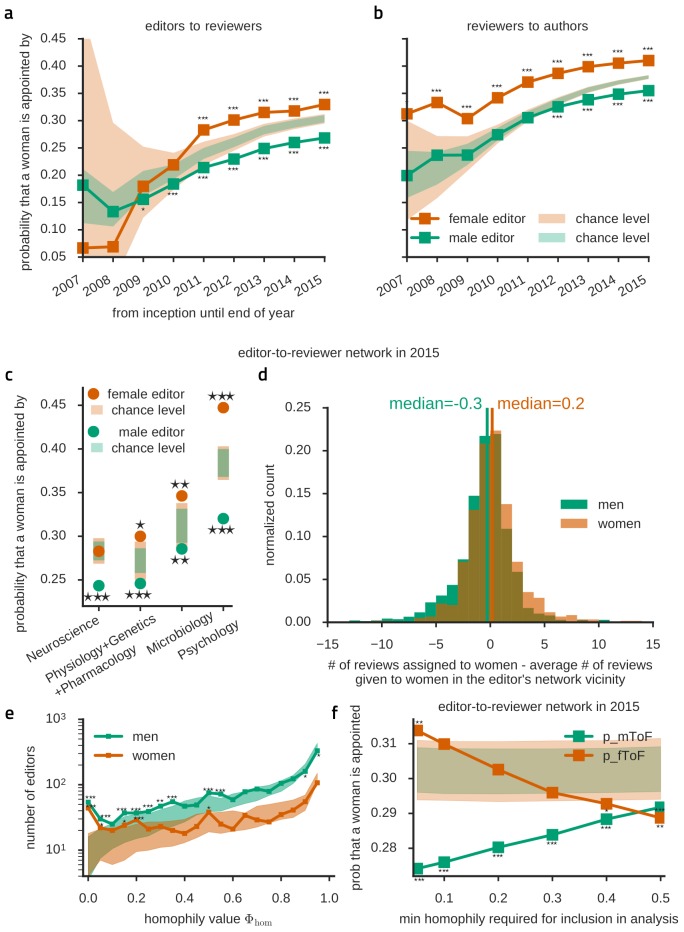Figure 3. Editors have a same-gender preference for appointing reviewers.
(a) Female editors (orange) appoint significantly more female reviewers than expected under the gender-blind assumption (shaded area). At the same time, male editors (green) appoint less women than expected. The development of this trend over time is shown, including articles cumulatively until the indicated year. (b) Likewise, female/male reviewers review significantly more female/male-authored articles than expected. (c) Homophily is widespread across scientific fields, including those with relatively mild underrepresentation of women. We here report four example disciplinary groupings, with large numbers of contributions (from left to right, respectively, 13416, 4721, 4020, 5680) and the propensity of appointing a female reviewer depending on the editor's gender for each of these groupings. Only assignments by female neuroscience editors were not homophilic, otherwise the occurrence of same-gender preferences was general, arguing against heterogeneity between subfields as a cause for homophily in assignments. (d) Plotted here are distributions of a measure of inbreeding homophily. To control for baseline homophily at the level of a narrow local neighborhood, we measure, for each editor node, the actual number of reviewer assignments given to women and subtract the expected number, which would be observed if the considered editor appointed women with the same frequency as in his/her local vicinity. For male editors (green) the distribution is skewed towards an underrepresentation of female assignments (left-leaning), while for female editors the distribution is skewed towards an overrepresentation of female assignments. This highlights that homophily bias is detectable even at the level of the reachable narrow surrounding of each editor. (e) Histogram of the probability that an editor assigns as least as many reviews to people of the same gender as he/she actually does reveals that there's an excess of strongly inbreeding-homophilic editors (small Φhom -values) among both men and women compared to expectation (shaded area). Note that below Φhom < 0.1 there are only few strongly homophilic female editors. For male editors, significant homophily extends through many more editors until Φhom < 0.6. (f) Using all data until 2015, the probability that a women is appointed is above expectation (shaded areas) only for female editors and only when all or all but the most extremely inbreeding-homophilic editors are included in the analysis.

